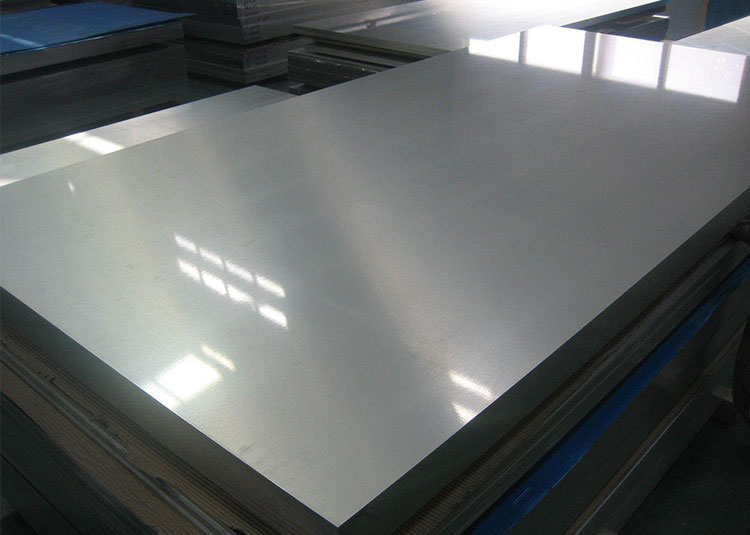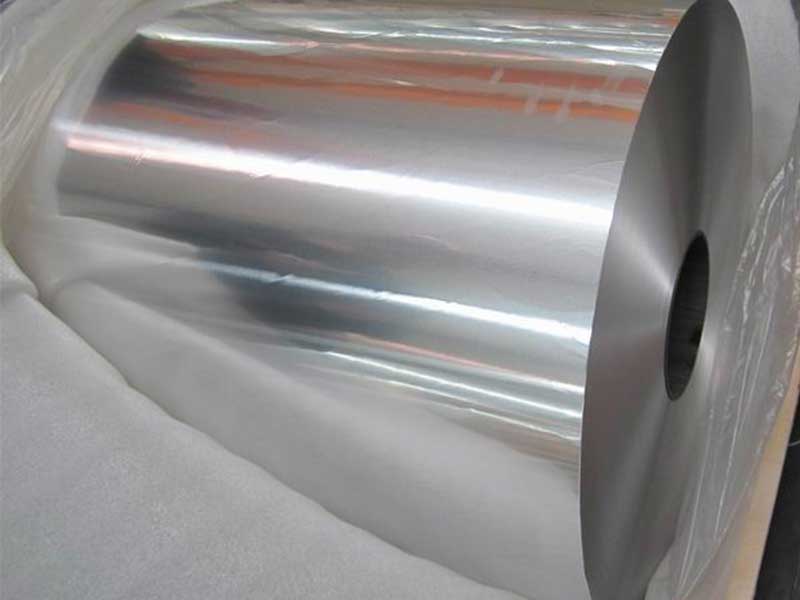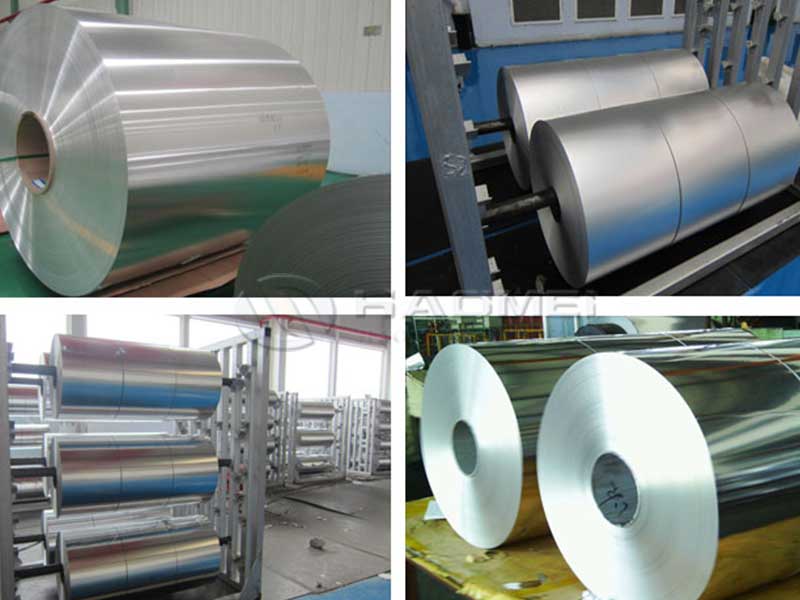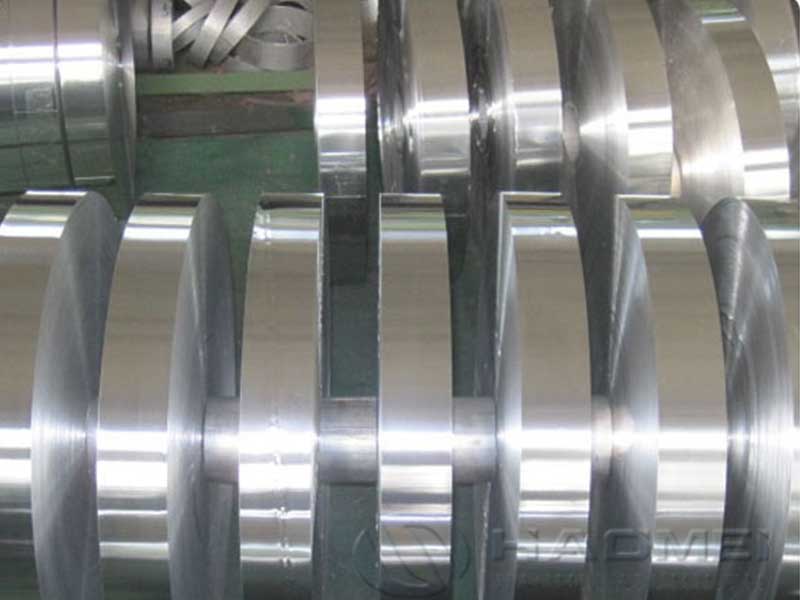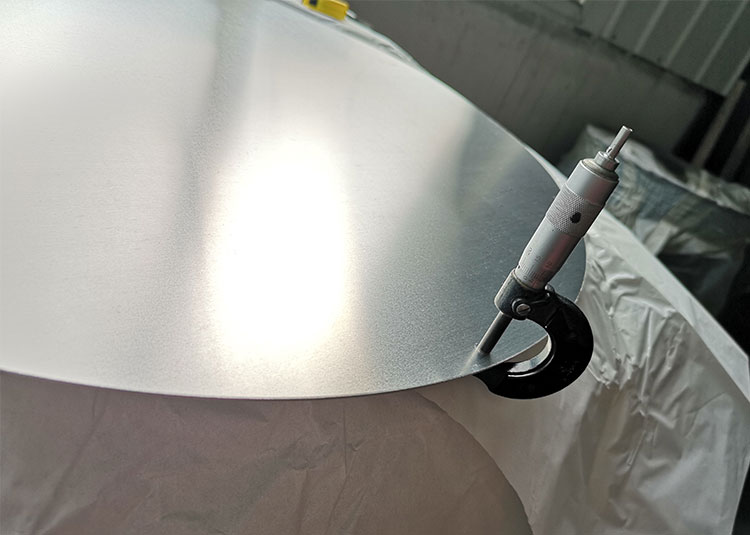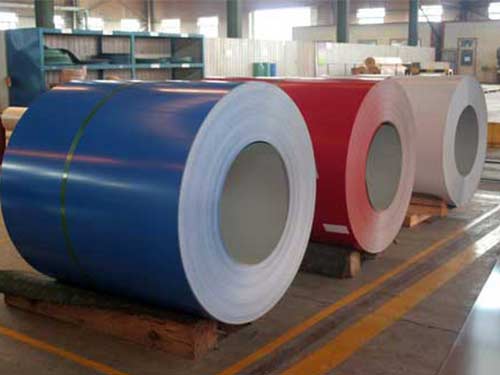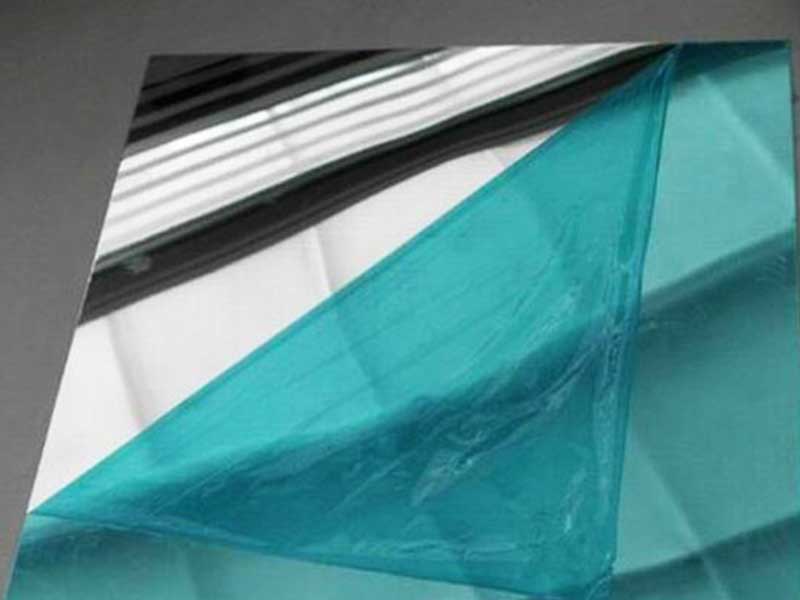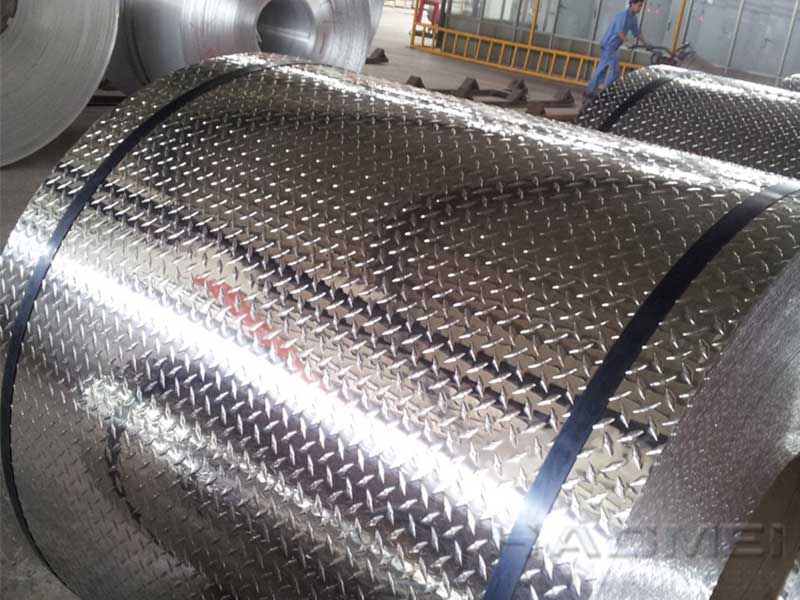effect
During the electrolysis process, the average daily consumption of aluminum anode blocks electrolysis is about 2cm. It is necessary to regularly add new anode paste (self-baked anode) to the electrolytic cell, or regularly replace a new anode block (pre-baked anode) to keep the aluminum electrolytic cell in normal operation.
The basic requirements for the production of aluminum anode rods are: resistance to molten salt corrosion, lower resistance, higher purity and better mechanical strength. The quality and working conditions of the carbon anode have a greater impact on the current efficiency of aluminum electrolysis, the power consumption and material consumption of aluminum electrolysis.
When the aluminum electrolytic cell is operating normally, the ohmic voltage drop of the carbon anode is 300-600mV, which accounts for 10%-15% of the cell voltage, and the net consumption of a ton of aluminum carbon anode is 400-500kg (based on the recovery of residual electrodes). By improving the quality of raw materials, improving the production formula and technology, anode structure and anode working system, the anode work quality can be improved.
type
There are two types of continuous self-baked anodes (referred to as self-baked anodes) and pre-baked anodes.
1. Self-baking anode
The self-baking anode uses the heat of the aluminum electrolytic cell to pyrolyze the pitch in the anode pastes, and form a dense solid anode with the aggregate carbon particles after coking. Self-baking anodes are mostly integral single anodes, and are divided into two types: side-inserted (or side-inserted) rod self-baking anodes and upper-plug self-baked anodes according to the way of inserting conductive steel rods (anode rods).
2. pre-baked anode
The pre-baked anode of the aluminum reduction cell is composed of a plurality of anode carbon block groups. Each anode carbon block group is composed of 1-2 anode carbon blocks with a width of 700-900mm, a length of 1400-1700mm, and a height of 500-600mm, anode guide rods and steel claws. Cast iron or tamping with carbon paste to consolidate the carbon block and the steel claws. The anode guide rod connected to the steel claws is pressed and fixed on the anode bus with special clamps. The anode lifting mechanism is used to lift the anode.
